#bird guide
Photo


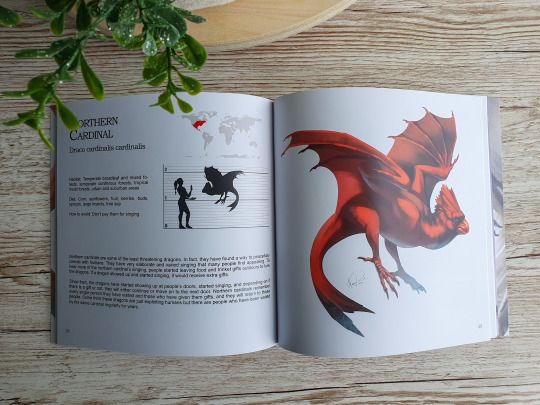

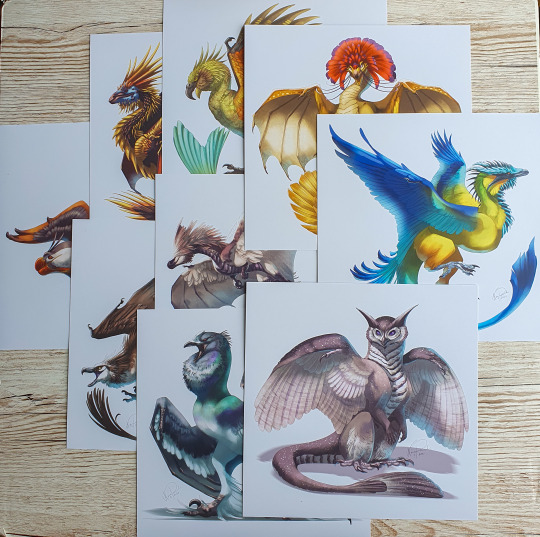

BASTARD BIRDS - AND HOW TO AVOID THEM is now available on Etsy!
BASTARD BIRDS - AND HOW TO AVOID THEM is an imaginary bird-dragon guide featuring 33 different species of bird-dragons from my Smaugust series. The book plays with the idea of modern birds taking an evolutionary U-turn and becoming more like their ancestors, the dinosaurs, and how humans would have to adapt to live amongst these beasts in an undefined future setting.
The book contains illustrations, habitat maps, size graphs and a little bit of information on each bird-dragon's behavior and, of course, tips on how to avoid them.
I also have stickers and single prints available of nine of my personal favourite designs.
Find me and my art elsewhere!
#bastard birds#art book#art books#zine#book#bestiary#bird guide#creature art#creature design#dragon art#art prints#stickers#sticker#etsy update#etsy shop#shop#shop update#store#artists on tumblr#small business
207 notes
·
View notes
Text
Bird Identification guide for beginners!
Hello there! My name is Ash, and this is my guide to identifying birds as a beginner! Please keep in mind that this is not THE ultimate best ever way of figuring out how to identify birds, these are just the things that have helped me personally as someone who has only been identifying birds for about a year/two years (I didn’t bother to count okay?), and who was very recently also a beginner and having a hard time trying to figure out which birds are what! This goes over pretty much EVERY single little thing that’s helped me, so this might be a long post lmao. I hope it helps somebody out!
Also, as a note, I’ve mostly used Australian birds as examples because I’m Australian and most knowledgeable about Australian birds, however there is no reason that these techniques can’t work for birds all over the world!
Step 1: Getting to know your local birds!
The first step to being able to identify birds that you see in your daily life, is to first understand what birds actually live near you in the first place! This can be a bit tricky at first, because not every single town in the world is going to have a 100% accurate list of birds that live in the area, and some places might not even have a list at all! The best thing for you to do is to start reading books or articles about birds that live in your state, country, city etc. This means going to the library and finding some bird field guides, or perusing through bird lists online (searching up “birds of new york” for example, is a great start). For an example of what I personally did, I borrowed a book from my local library called “Readers Digest: Complete Book of Australian Birds” that had a MASSIVE list of most birds that live in Australia, and I wrote down all of the birds that I definitely recognised as birds that I had seen before in my area, including the super common and easy to spot birds such as magpies, crows and kookaburras!
I would usually recommend a bird field guide as a physical book, ebook, illegally downloaded pdf or whatever if you can, because most of those field guides will have maps attached to every single bird, showing you exactly where their usual range is, which if you went for a country-wide bird book like I did, is very helpful in narrowing down which birds most likely live in your local area, that you can eventually look out for! These books also tell you what they eat, where they nest, when they migrate, etc. which can be helpful if instead of trying to ID a bird, you are actively searching for a specific species of bird to take photos of!
Step 2: Have a camera and/or notepad on you at all times
If you are super duper determined to identify a bird, the best thing you can do is take a photo or video of the bird. Videos are usually better because if the bird decides to make a sound, that will be an extra piece of information that you can use to better identify the bird. The second best thing, if you are too poor to own a camera or you have other reasons for why having a camera on you is unfeasible, is to have a physical small little notepad on you with a pen or pencil, to write down the the things about the bird that you’re seeing, or if you feel like it, to draw a little doodle of the bird you see (no matter how “bad” the drawing is!)
And when I say keep a camera or notepad on you at all times, I really mean it! Because the times when I have seen or heard a strange ass bird that I have struggled to identify, I have never had a camera on me, and it has ALWAYS been to my detriment when it comes to attempting to identify a bird. Again, the second best thing to do is to draw the bird the moment that you see it! It doesn’t have to be perfect, as long as you get the general shape of the body and beak relatively close, it’s better than no picture at all!
Do not beat yourself up about not being able to follow this step, or deciding that TODAY you will not see a cool bird and also you are busy and therefor you won’t need your camera or notepad on you when you go out (the time that you will usually see a cool bird lmao), because we have all been there (me included....so many times). It just means that identifying the bird will be a bit more difficult- BUT, it is not impossible!
Step 3: So you saw a bird...what now?
If you saw a bird in your local area, you may be entitled to financial compensation. Haha just kidding. Those birds aren’t going to pay for the emotional damage you took trying to identify its ass.
But for real. What now? Well, if you took a photo and/or video of it, or you drew a basic drawing of it, congratulations! You just skipped the really fucking hard part. If you didn’t take a photo or video, or was unable to because it was too fast or you didn’t have your camera or notepad on you (again, don’t beat yourself up about it), the second best thing you can do is observe and memorise it’s most basic features and behaviours. This will help you figure out what type of bird you have.
WHAT KIND OF BEAK IS THAT?
The beak is one of the most important parts of a bird, because it uses that thing to eat and stuff. The shape of a birds beak can tell you what type of bird it is and what it eats, and this piece of information alone can literally tell you SO much about the bird, without even having to properly identify it. The picture below will help you to understand the different types of bird beaks and what they’re used for.

IS THE BIRD IN THE WATER?
If the answer is yes, you have just narrowed down your bird by a shit ton. Whether it’s just a wader or a full time water-loving bird, you’ll find that searching through a list of waterfowl that live in your area is a lot easier than searching through every single bird that lives in your area ever.
WHAT COLOUR IS IT?
Now, you don’t have to memorise every single colour that is on the body of the bird, especially with a bird that has 5 or more colours on its feathers, but memorising the most prominent feather colours, the beak colour, and the leg colour will be very helpful! If you can see the eyes of the bird, memorising the eye colour could be very helpful too, as birds can sometimes have very unique eye colours not seen in most other animals, which can significantly aid in bird identification- especially if its eyes are a bright blue or a red colour!
SHAPE AND SIZE?
Is your bird big or small? Is it fat or skinny? Does it have a weirdly long neck? Did you see its neck stretch out like crazy and then it went back to its normal size like nothing ever happened? Does it have long legs or short ones? Are its feet fucking weird? These are the questions you have to ask yourself when observing a bird.
WHAT WAS IT DOING?
Did you see it eat something? Was it doing a weird mating dance in another birds general direction? Was it swooping or hunting another animal (or another bird)? Did it display any odd or unique behaviours? Write that down! That’s seriously important information! Especially the eating part!
DID IT MAKE A NOISE?
If it didn’t, then you can skip this part! If it did, however, and you did not get a recording of it, that’s okay. But you will need to use your ultra super duper brain powers and do everything in your power to remember that shit to the best of your ability (which can be tricky as hell and can lead to you misidentifying a bird if the bird call is all you have to go off of).
Step 4: Research time!
Now that you have taken the photo/video of your bird, done a little doodle, or simply memorised and written down everything you can about your birdy, now it’s time to get down to business and actually do some research.
The first thing you need to do is the most simple thing ever, which can be done for most well recognised birds: Type in the description of your bird into google. Yes, I am serious. Sometimes typing in “black bird with red eyes and red beak waterfowl [STATE OR COUNTRY NAME]” is all you need to do to find the identity of your bird! If this worked for you, congratulations! You were lucky this time....but you might not be lucky next time! If this fails to work, there are still plenty of other options, and while these can be kinda tedious and time consuming, it is worth it in the end!
There are two websites which can be really helpful if you have some type of idea of what bird you’re looking for, but simply looking up the description didn’t work: Wikipedia, and Xeno-Canto. These are especially helpful if you use them together.
Wikipedia is good because it will have a huge list of all birds that are known to live in your country. Xeno-Canto is good because it is a website dedicated to bird calls all over the world, of every single bird to ever exist (and even ones that are extinct!) And it MOST IMPORTANTLY, has a map of where the bird can be found, which is helpful when ruling out birds that are somewhat similar to the bird you’re looking for, but actually live on the other side of the country (therefor, it’s not your bird!)
The first step towards figuring out the specific species that your bird belongs to, is to figure out what type of bird it is, which you can do by observing the shape and size of the bird, alongside it’s beak shape (which we took a small look at in step 3). Here are some silhouettes of different bird types.

And now, below is an example of how I would find a specific bird through trail, error, and ruling out birds that are NOT the bird I’m looking for.
Lets say that the bird I’m looking for was in the water, and was clearly some type of duck or goose, but I couldn’t really tell which one because it was a bit far away. That means that I’m looking for SOME type of waterfowl. I will then go to Wikipedia to look up a list of ALL birds in Australia, and then go down into the “ducks, geese and waterfowl” section, where I will find a list of all waterfowl in Australia. I will then click on each link for each waterfowl, to get a quick look at the image of the waterfowl. If it looks nothing like my bird, I rule that bird out. If I do find a bird that looks very similar to the one I saw or took a photo of, then I will type in the name of the bird into Xeno-Canto, and look at the map area section, to see exactly where this birds natural range is. If it’s shown to be in an area that is nowhere near where I saw the bird, then I rule that bird out too! If I find a bird that matches what I saw, and it’s in the same area that I live in, then, if I heard the bird make a sound, I will usually listen to the bird calls found beneath the map section, and see if it matches. If not, then I will continue to listen to that birds calls, because guess what, birds can and do make a variety of different sounds based on the situation! Once I’m truly sure this bird is not making the correct calls at all, then I will tentatively rule it out.
If, after all of this, I finally find a bird that seems to match the look, area and sound of the bird I initially saw, I will write the name of the bird down and KEEP GOING down the list of waterfowl until I reach the end, because there is always a chance that there is a bird that better matches the appearance, sound and location of the bird I saw. Once I have 1 or more bird names written down, then it’s up to me to chose which bird best matches the bird that I saw.
You might not get a 100% for sure identification, especially if some of the birds in your local area are sorta similar to each other, and that’s okay, but going through this whole process will help you to improve your birdy research skills, and you’ll get faster and faster at it over time, and you’ll start to memorise common birds often found in your local area by during this research.
IMPORTANT NOTES BEFORE I CONTINUE
Sometimes, female birds and male birds look different to each other! Sometimes, young birds look different to adult birds! Sometimes a bird in breeding plumage looks different to a bird that isn’t in breeding plumage! You might even get lucky and see a bird with a rare colour mutation, meaning that the bird does not look like how the rest of the species normally does! You must keep this in mind when trying to identify a bird, because sometimes these birdies will throw you these types of curve-balls at you without you even knowing. Here are some examples below of some birds that look different to each other, despite being the same species!


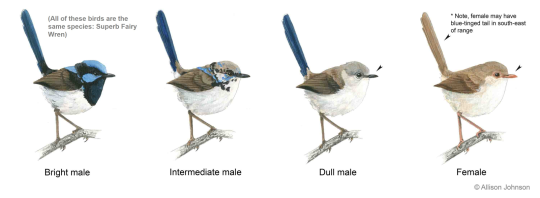
Step 5: If all else fails, ask somebody who knows stuff about birds
Sometimes the best way to figure out the identity of a bird is to ask somebody else who knows more shit about birds then you do! For me, I usually ask my mum since she knows a lot of stuff about birds. For you, that could be somebody on the internet, or a friend you know who is a birdwatcher, or some blog on tumblr that specialises in knowing shit about birds. With more people and more perspectives at your disposal, you are a lot more likely to get the true identification of the mysterious bird you are trying to identify! Just don’t be pushy, rude or demanding! Always be polite :)
Step 6: I am going to make you identify a bird now. LOOK AT MY BIRD, BOY (gender neutral).
I bet you didn’t think I was going to quiz you on the knowledge I just imparted onto you, but I absolutely am going to do that. I will be using “obscure” Australian birds that most non-Australians won’t know about, since I know that most people that’ll read this will probably not be Australian, therefore you will likely have never seen these birds before, meaning that you will actually have to use the techniques I have told you about. If you are Australian and are into birds, you will have an advantage over everyone else (lmao). The only hint you will be given is that...these birds are found in Australia :)
DO NOT go looking into the notes for answers unless you truly are having a tough time, I really want you to try and figure this out on your own! But also I can’t tell you what to do lol. I just want you to give it your best shot, alright? Are you ready? Okay, here we go!
BIRD NUMBER 1

BIRD NUMBER 2

BIRD NUMBER 3
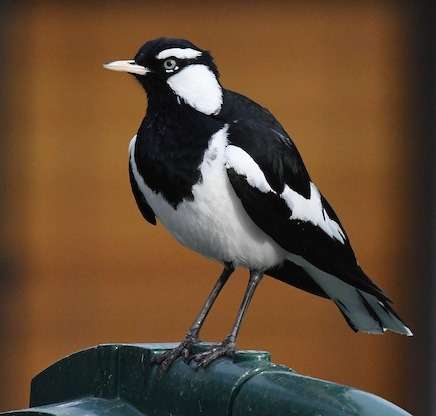
Did you manage to identify the birds? If so, congrats on using your newly acquired bird researching skills! If not, that's okay. After all, it's a skill that must be honed, not one that you automatically gain!
The End!
I hope you enjoyed my beginners guide to identifying birds! These are not the only techniques you can use to identify birds, there are plenty of websites, tools, books etc. that can help you out with identifying birds, but these are the ways that have best helped me out when I’ve been confused about the identity of a bird. If you’re better than me at identifying birds, feel free to add your own additions that have helped you to become better at IDing birds! The more information the merrier <3
2 notes
·
View notes
Text
Picking the Right Cage for Cockatiels
Owning a cockatiel comes with a lot of responsibilities, from providing the right diet and care to selecting appropriate toys and, most importantly, choosing the right cage.
I often notice online that people may not educate themselves properly and end up with cages recommended by pet stores or ones that barely meet the minimum size requirements. Cockatiels love to spread their wings and climb around, requiring plenty of toys and perches, preferably made of natural wood. However, this post isn't about the interior of the cage; I'll cover that in a future post. Instead, let's focus on the cage itself. It's crucial that the cage is wider than the bird's wingspan.
Criteria:
When purchasing a cage, opt for the largest one you can afford. The height of the cage is less important than the width. Additionally, avoid round cages. Aim for a sturdy cage with horizontal bars for climbing and ample room for toys and perches.
Flight Cages:
Flight cages are an excellent choice, especially if you have one or two cockatiels. They provide sufficient size and space for the bird to climb and exercise.
Pet Store Cages:
While convenient and affordable, pet store cages often lack the necessary space and features for cockatiels. Some are so small that even a zebra finch would be unhappy inside. When buying from a pet store, prioritize getting the largest cage possible within your budget while adhering to the criteria mentioned above.
Travel Cages/Carriers:
These cages are essential for emergencies, such as vet visits or traveling with your bird. Invest in a sturdy, well-ventilated cage that comfortably accommodates your bird and allows for movement. Opt for a smaller cage for easier transport.
Double Flight Cages:
Recommended for owners with multiple cockatiels and sufficient space and budget, double flight cages essentially combine two flight cages. Some models even allow for the addition of a third cage. Though more expensive, they are worth the investment.
Free Flight:
Allowing your bird to fly freely in a room provides necessary exercise. Ensure the area is bird-safe, and all windows and doors are closed. Leaving food inside the cage will encourage the bird to return on its own after flying.
0 notes
Text
goncharov + a guide to troubled birds
goncharov

andrey

katya
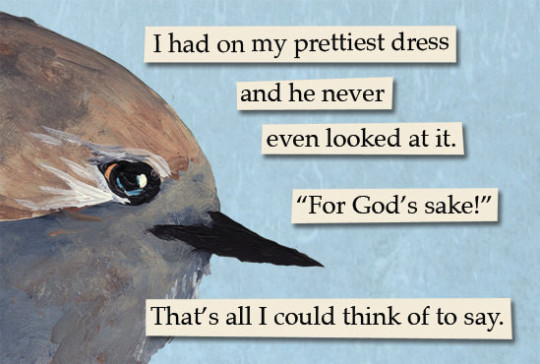
sofia

ice pick joe

5K notes
·
View notes
Text

I have THE biggest, BEST news EVER--
I GOT A BOOK CONTRACT!!!!!!!!
I am exceptionally pleased to announce that I have just signed a contract with Ten Speed Press (a division of Penguin Random House) to publish...
The Everyday Naturalist: How to Identify Animals, Plants, and Fungi Wherever You Go!
It is slated for publication in early Summer 2025, and will be written for anyone who wants to be able to identify the living beings around them regardless of educational level or experience. A HUGE thank you to my literary agent Jane Dystel of Dystel, Goderich & Bourret LLC, and my editor at Ten Speed Press, Julie Bennett!
This isn't just another field guide--it's a how-to book on nature identification that helps you go from "I have no idea what this animal/plant/fungus is and I don't know where to start" to "Aha! I know how to figure out what species I'm looking at/hearing!" Those familiar with my nature ID classes know that I emphasize skills and tools accessible to everyday people. Whether you're birdwatching, foraging, or just enjoying the nature around you, my goal is to help you be more confident in figuring out what living beings you encounter wherever you go--and not just in the Pacific Northwest.
The Everyday Naturalist will not only explain what traits you need to pay attention to like color, size, shape, location, etc. and how to use them to differentiate among similar species, but will also detail how and when to use tools like apps, field guides, and more. (And given the current kerfuffle about A I generated foraging books, I will of course include information on how to determine the veracity of a given book or other resource.) And my editor and I have already been discussing some great additions to the book that will make it even more user-friendly!
Are you excited about this? I certainly am! I wanted to wait until the pixels were dry on the contract before going public with this (though my newsletter subscribers got to hear about it last month, lucky them!) It still doesn't feel real, but I'm already working on the manuscript so it'll sink in soon enough.
I will, of course, keep you all apprised of my progress because this project is going to be a big part of my life over the next several months as I write and edit and write and edit and wash, rinse, repeat. So keep your eyes on this space for updates (and feel free to add yourself to my monthly email newsletter here, too!)
#nature#nature identification#animals#plants#fungi#field guide#mushrooms#foraging#birding#birdwatching#scicomm#science communication#books#nonfiction books#publishing#wildlife#science#biology#botany#mycology
978 notes
·
View notes
Photo



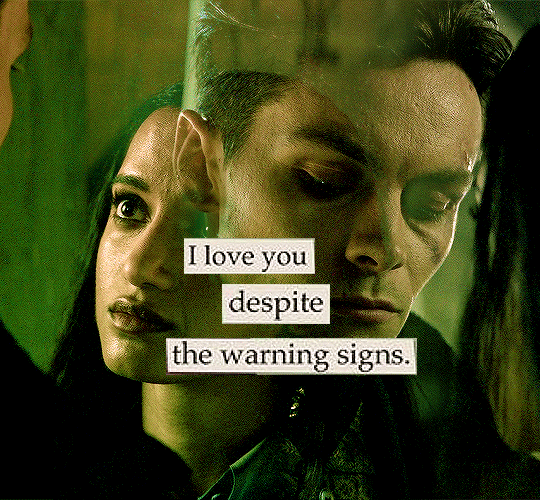


KANEJ + Guide to Troubled Birds
#kanejedit#shadow and bone#shadowandboneedit#shadowandbonedaily#socdaily#kanej#soc#Kaz Brekker#inej ghafa#kaz x inej#inej x kaz#six of crows#guide to troubled birds#gifs#s2#ours#show#hayf
2K notes
·
View notes
Text
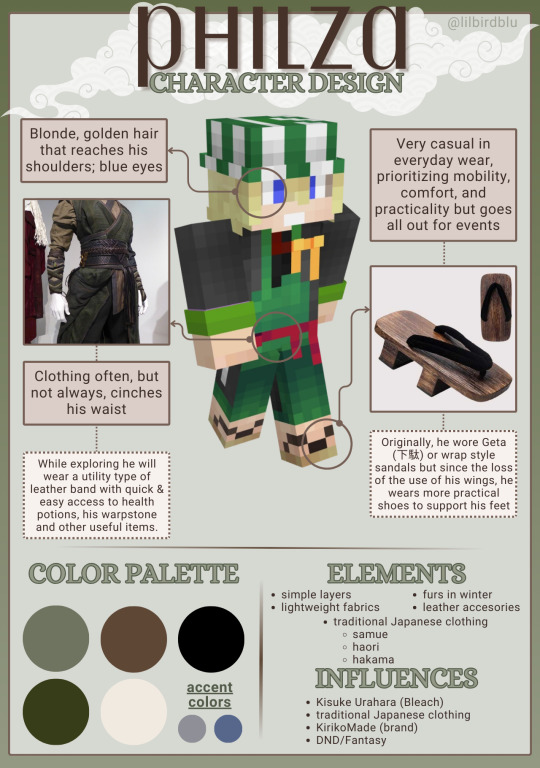
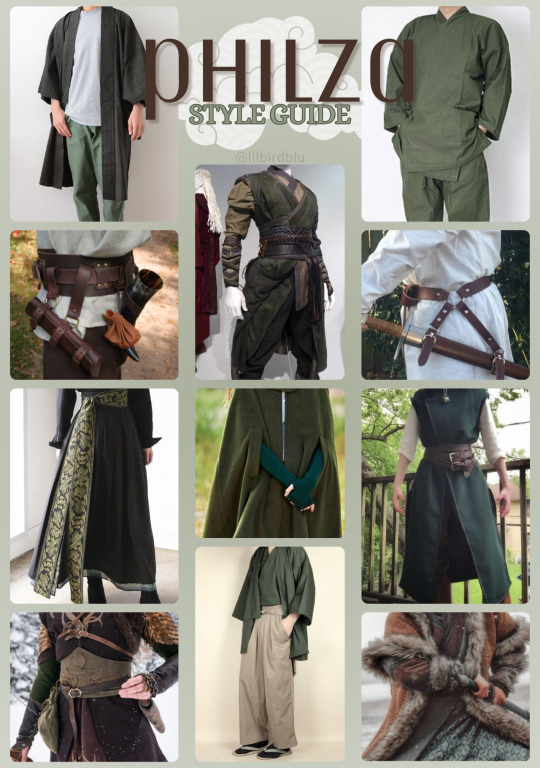

q!phil character design & style guide | qsmp headcanons
Phil doesn't put too much thought into his everyday wear outside of practical reasonings but for events he will dress to the nines and be on theme. Most of his clothing is modified in the back with slits and openings to allow him to put his wings through. Some have an additional panel that can be snapped on to cover them if he choses.
Phil's wings are large, black and the feathers are reminiscent of a crow's. He keeps a talisman for the Goddess of Death underneath his layers that has a golden ribbon tied to it, in honor of Technoblade. No matter what he's wearing, he's never seen not wearing the amulet or the singular emerald earring that matches Techno's.
Since arriving on Q Island, Phil has gained a bit more muscle, mainly in his legs due to not being able to fly and having to walk/run significantly more than he did prior to his arrival.
inspiration board
335 notes
·
View notes
Text
X-Files x Guide to Troubled Birds


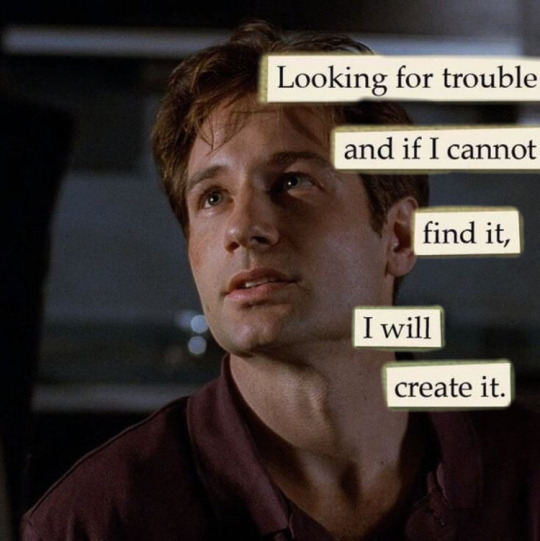



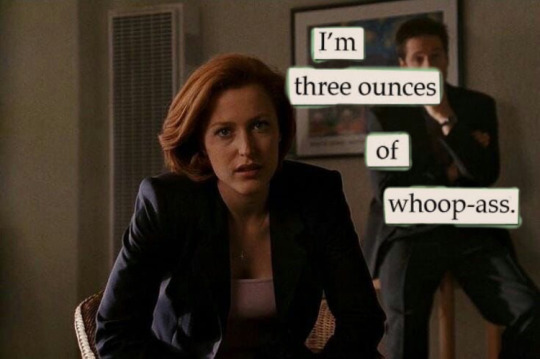

#dana scully#x files#the x files#fox mulder#scully and mulder#msr#walter skinner#plz excuse my poor editing I didn’t care enough to make it pretty#guide to troubled birds
314 notes
·
View notes
Text
sometimes i think "man i dont get in THAT much trouble when i play botw/totk, i think all the LU fanfics and fanart overexaggerate" and then i remember that in the games, i can teleport out of any dangerous situation if i want, and i do in fact do that somewhat frequently, and i realize that actually, on an adventure where wild doesnt have access to that ability, with the slate or purah pad not being able to access shrines when hes in another era...based on the way i play, that man is drowning or falling off a cliff or dying in combat every other day because he forgets that he doesnt have an easy escape option anymore. the rest of the chain has probably had SEVERAL heart attacks and aneurisms at this point
basically, wild when he inevitably remembers a moment too late that he cant teleport out of a situation anymore:

#lu wild#linked universe#linked universe wild#lu chain#linked universe chain#troubled birds#guide to troubled birds
296 notes
·
View notes
Text

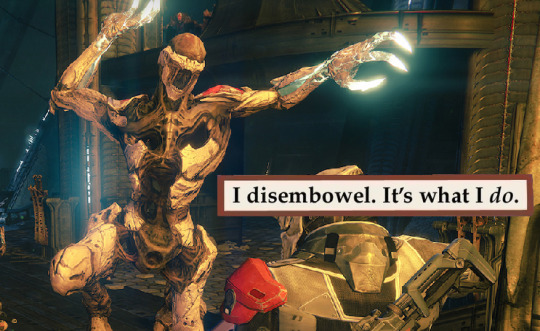

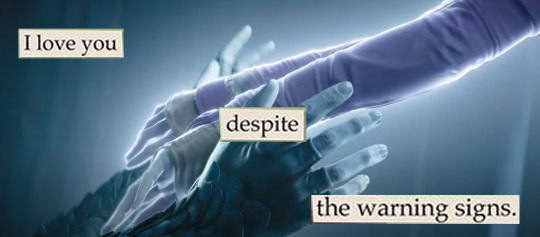
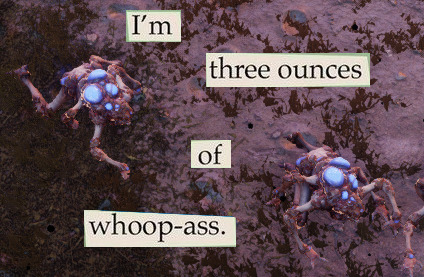

SOL'S GUIDE TO TROUBLED INDIVIDUALS
(part one?)
#the mincing mockingbird guide to troubled birds#destiny 2#destiny memes#shadowkeep#the witness#12 million sad guys in a trench coat#hive#thralls#the spider#daddy longlegs#forsaken#voice of riven#uldren sov#come on hug me emo boy#mara sov#scorn#scorn together strong#screebs#screeby deeby#season of the witch#bewitched seasonings#eris morn#immaru#long post
210 notes
·
View notes
Note
bones im doing the math and a stellers jay cooked properly can feed like four cats. no wonder clan cats have so many rules about prey distribution birds are so full of nutrition you can just coast on it. bones i did the math and if they take down an eagle they could feed like a hundred cats oh god boar meat is so worth it isnt it
EDIT: Boar math update
The average male boar is 440 pounds, which is 200 kilograms, 200,000 g x 5 = 1 million calories.
That will feed an entire Clan for months. All through the three months of winter. Boar meat is sososososo worth it, it's INSANE. ThunderClan should actually be The Fat Clan, these guys are partaking of the sweet fat of the hog and absolutely rolling in extra calories.
(This is actually why I draw a lot of my ThunderClan cats with bellies, like Lionblaze. This man finds himself in the path of food because his Clan has lots to offer lmao)
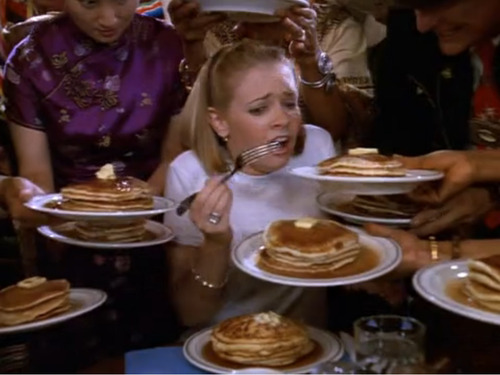
^ Lionblaze the first day Willowpelt took him on as a secondary apprentice
Ducks are a REALLY good target for Clans, also. Average mallard drake is 3.5 pounds, 1.5 kilos, 9,000 calories. One duck feeds the entire Clan for a day.
I will say though, EXTRA knowledge; remember that calories don't necessarily satiate hunger! A lot of factors do, but you can summarize them with weight in the context of cats. My cat's usually full around 85 grams, but I know some cats who can hoover a big can of food in a single sitting.
(long answer: protein, fiber, thickness, if you had a drink beforehand, eating slowly, etc. But we're talking about prey meat here)
So your stellar's jay example is usually about 100 to 120 grams (though since my guys are in England, they wouldn't encounter those), which would basically be a meal two cats share. If that's breakfast they'll have hit all their calories for the day, but they'll still feel hungry for lunch and dinner.
This is why soups are so cool btw. This was a soup post all along. It's soupaganda time
Not only do you get that boost from cooking the meat here, but the value is more evenly distributed through the whole dish, the weight of the broth languishes in the stomach to make you feel full, AND ALSO IT'S A CLEAN SOURCE OF HYDRATION. You BOILED the water and didn't even think about it. That 120g prey item is now nutrition for 3 cats, a whole meal for 6, plus an easy way to get more water into sick warriors who may not feel like eating.
Get yourself some mushrooms, a couple pieces of prey, whatever leftovers that would otherwise go to waste, and BAM you've got your whole Clan stuffed and happy, even if they didn't manage to hit the caloric minimum of the day.
#The biggest flying bird that your basic British BB!Cat would be encountering is a wood pigeon#Which is larger than a stellar's jay weighing around a pound#nutrition guide#clan culture#better bones au
136 notes
·
View notes
Text

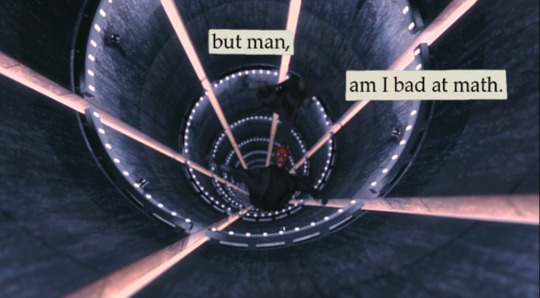
Darth Maul + Troubled Birds
#has this been done before#star wars#star wars fans#star wars prequels#the phantom menace#darth maul#a guide to troubled birds#troubled birds#memes#star wars memes#maul#qui gon jinn#star wars episode i: the phantom menace#episode one#sw prequels#prequel era#prequel trilogy#star wars the prequel trilogy
262 notes
·
View notes
Text
Tintin + Mincing Mockingbird Guide to Troubled Birds

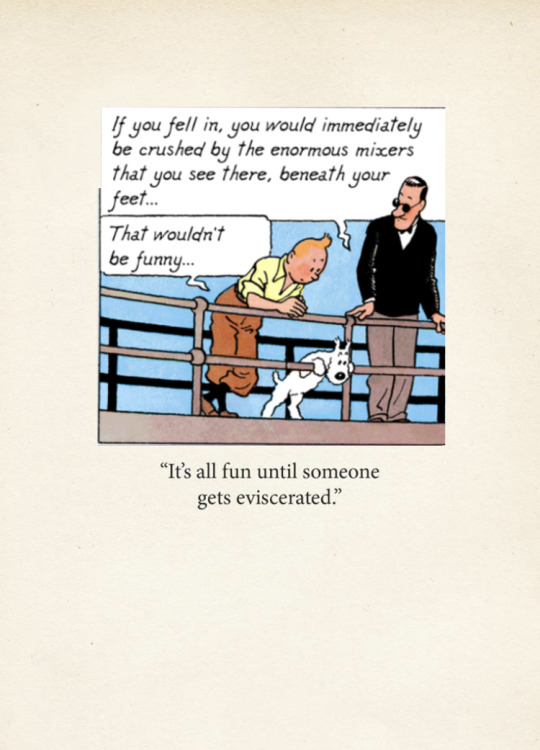

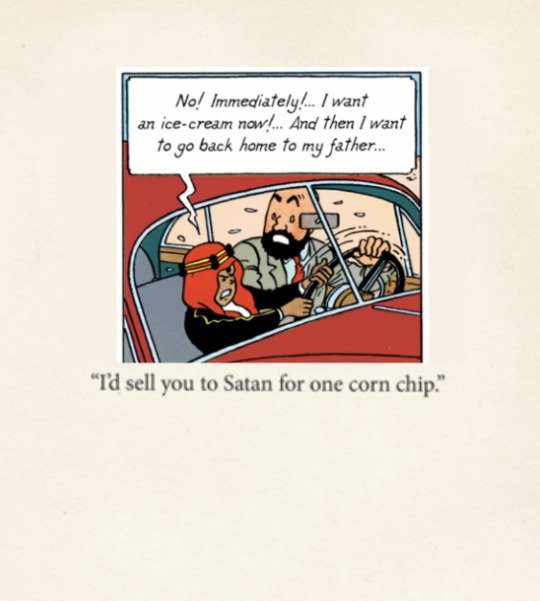
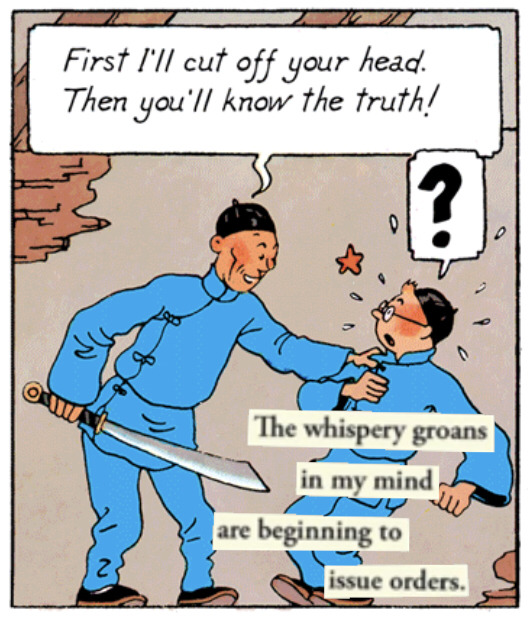
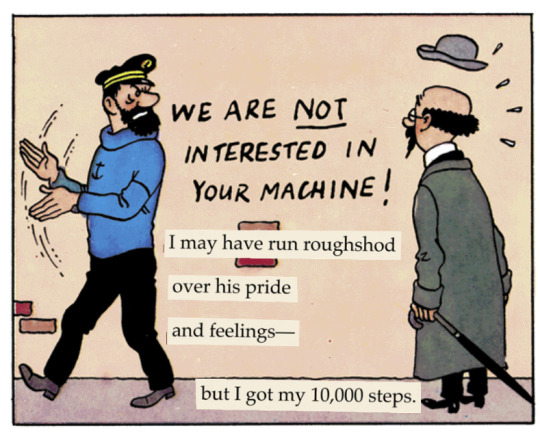

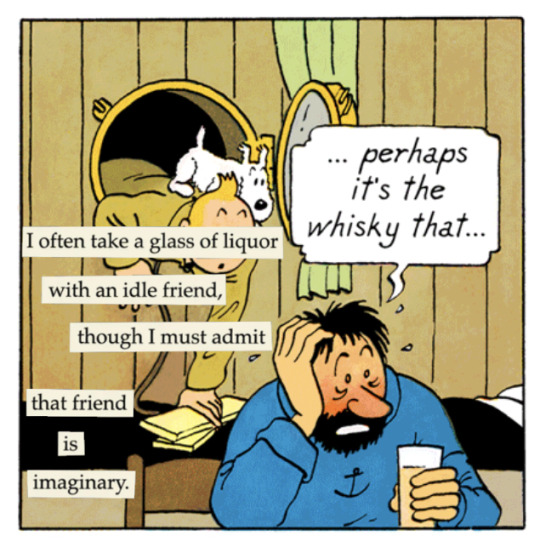
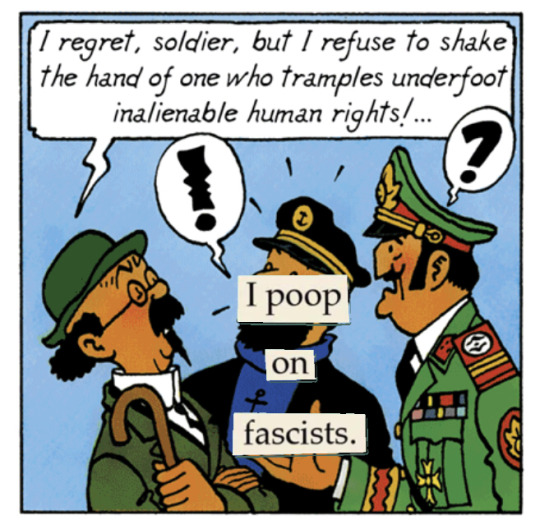

#shitpost#tintin#taot#the adventures of tintin#mincing mockingbird#guide to troubled birds#sorry for the bad editing#this idea’s been on the backburner for months#and admittedly it was a rush job
336 notes
·
View notes
Text
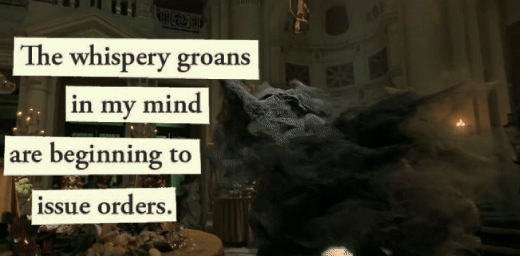





Some S2 Shadow and Bone Troubled Birds! As you can see those first two Aleksander ones sort of go together!
#mute the sound|out of character#shadow and bone#nina zenik#wylan van eck#wylan van sunshine#mal shadow and bone#mal oretsev#malyen oretsev#alina starkov#general kirigan#aleksander kirigan#aleksander morozova#sturmhond#nikolai lantsov#guide to troubled birds
176 notes
·
View notes
Text





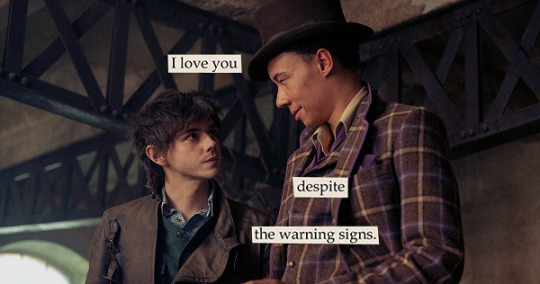



Shadow and Bone season 2 + The Mincing Mockingbird's Guide to Troubled Birds
#hello fandom it's meme time again#shadow and bone#sabedit#sabspoilers#six of crows#kanej#wesper#malina#mmgttb#tmmgttb#mincing mockingbird#guide to troubled birds
526 notes
·
View notes
Text
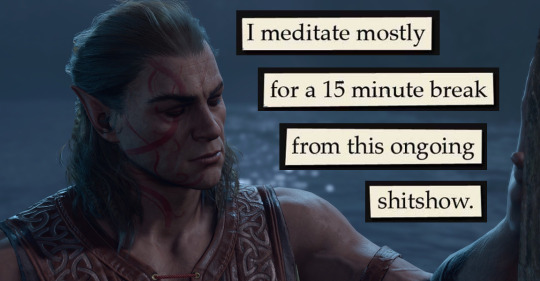
Halsin + Troubled Birds. Let this man rest
#this is not a baldur's gate quote#halsin#baldurs gate#baldur's gate#bg3#baldur's gate 3#baldur's gate iii#text post#troubled birds#guide to troubled birds#mincing mockingbird
141 notes
·
View notes